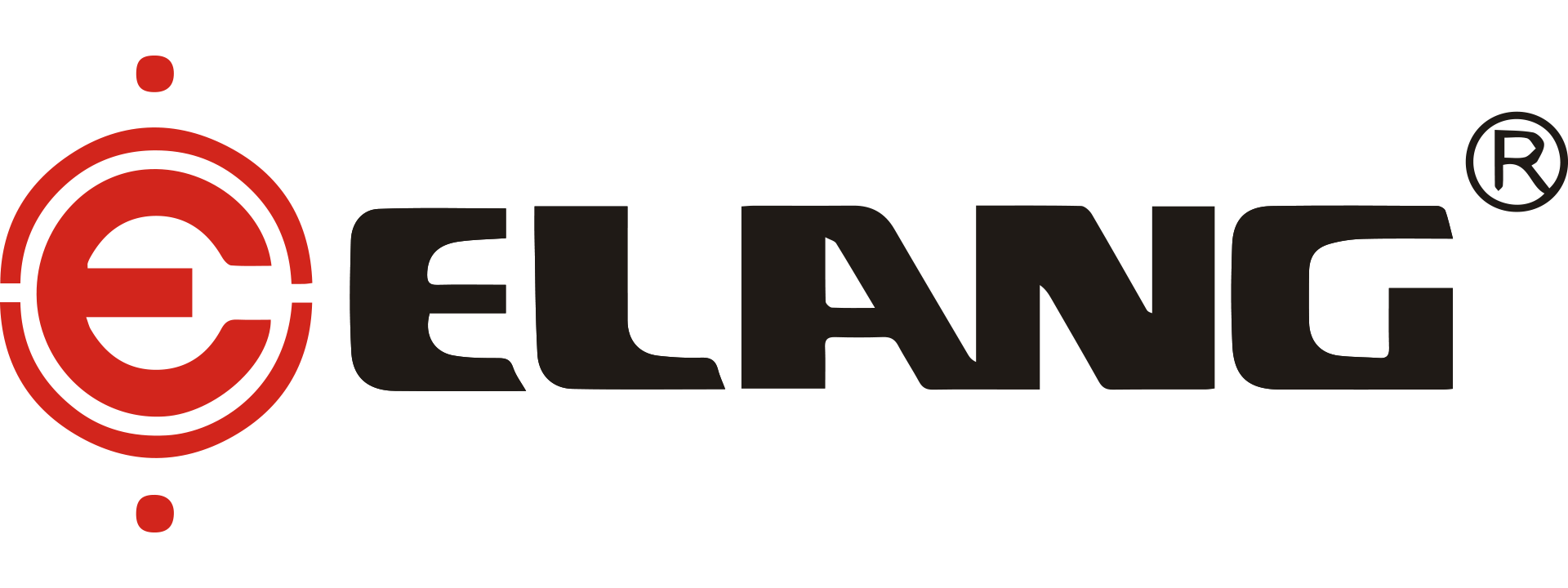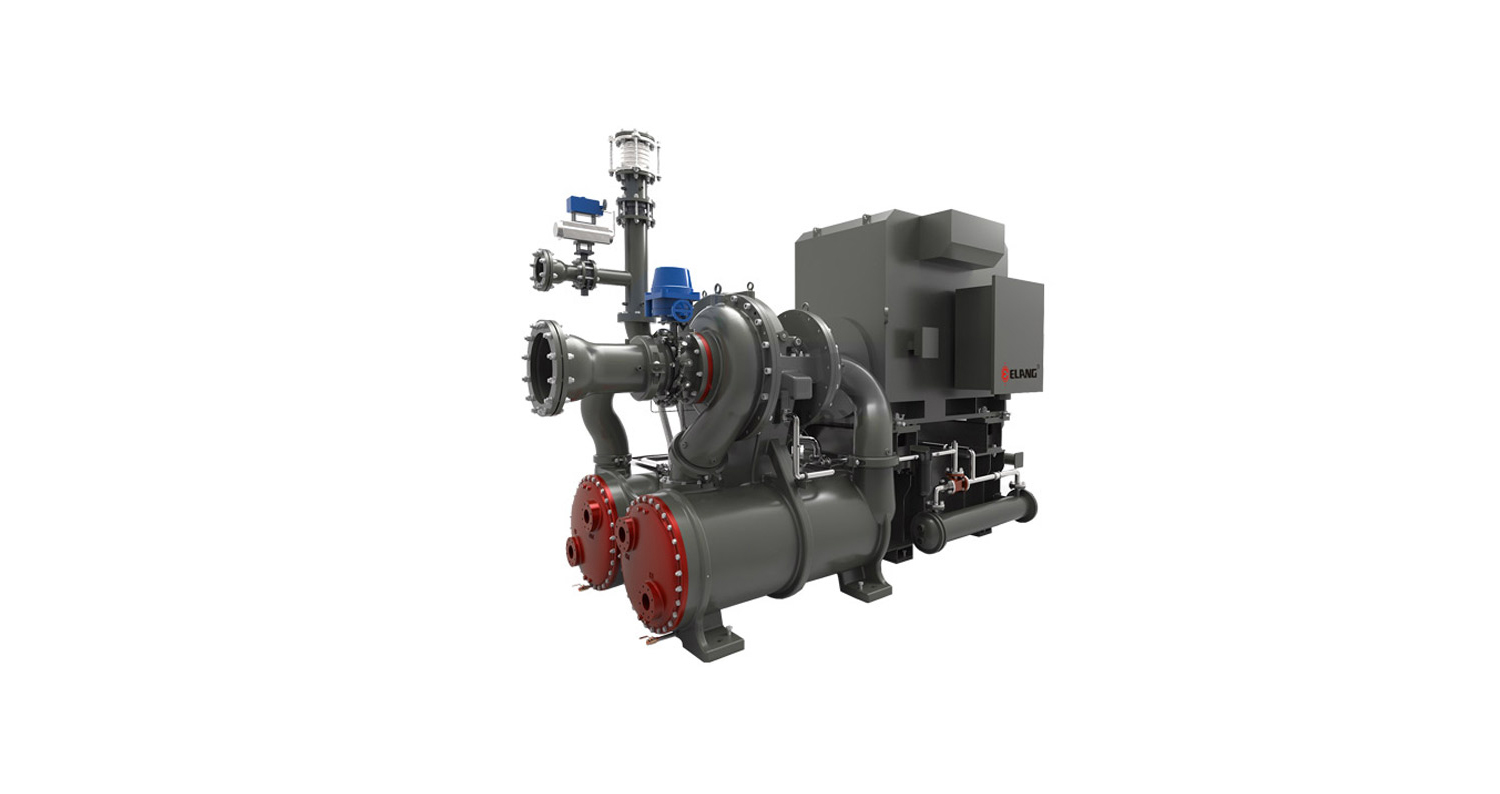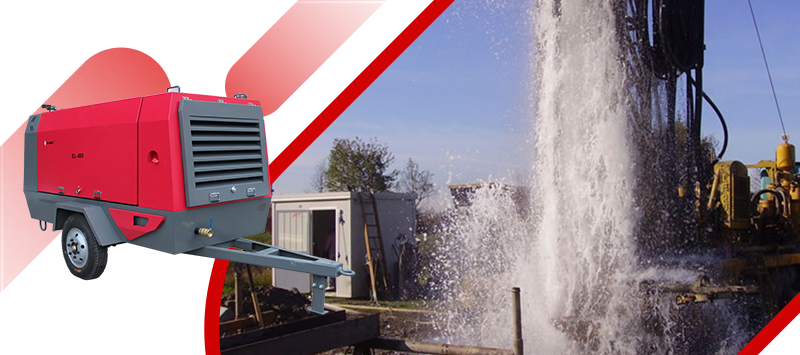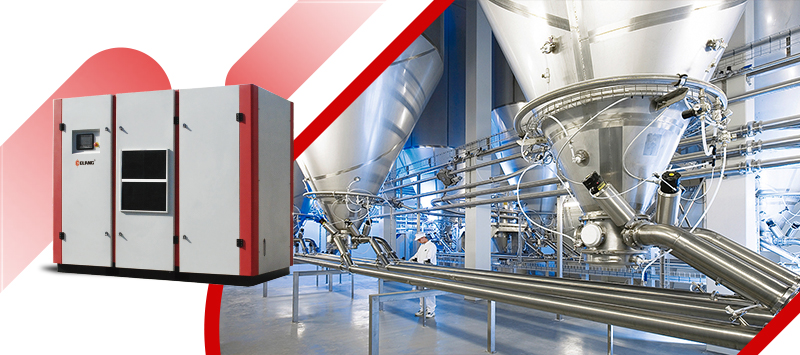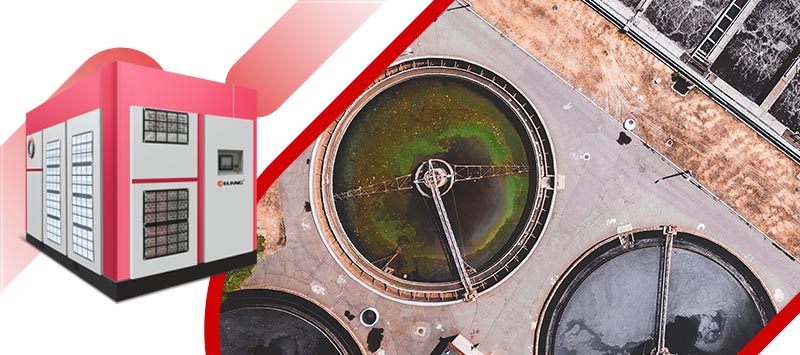
The equipment used in sewage treatment can be categorized into general equipment and specialized equipment, such as pumps, air compressors/fans, pipeline equipment, instrument valves, among others. The rapidly expanding sewage treatment market is driving the increased adoption of air compressors, screw blowers, centrifugal blowers, and roots blowers, leading to the continual expansion of their application scope.
The Utilization of Air Compressors in Sewage Treatment Plants
Contemporary sewage treatment techniques encompass physical treatment, chemical treatment, physical and chemical treatment, and biological treatment. Irrespective of the method employed (equipment selection varies depending on specific operational conditions), the utilization of compressed air remains fundamental. Taking the air compressor as an example, it is essential for crucial processes like physical treatment, flotation, and the biological treatment of activated sludge.
1. Flotation Method
Air is introduced into sewage and separated from water in the form of micro bubbles and micro particulate pollutants (such as emulsified oil, etc.) Substances with a relative density close to that of the water in the sewage are attached to the bubbles and rise to the water surface with the bubbles, and then skimmed away by mechanical methods, so that the pollutants in the sewage can be separated from the sewage. There are two ways to generate bubbles:
Mechanical method: make air pass through microporous tube, microporous plate, perforated rotary table, etc. Produce tiny bubbles.
Pressure dissolved air method: air is dissolved in water under a certain pressure to reach saturation, then suddenly depressurized, and the supersaturated air escapes from the water in the form of tiny bubbles. At present, air flotation process mostly adopts pressure dissolved air method in wastewater treatment.
2. Activated Sludge Process
Biological treatment is a method to purify wastewater by using the biochemical action of microorganisms in the natural environment to oxidize and decompose organic pollutants and some inorganic poisons (such as fluoride and sulfide) dissolved in sewage or limb state, and convert them into stable and harmless inorganic substances.
Air compressors are indispensable components in sewage treatment plants, enabling crucial processes such as aeration, flotation, and biological treatment. Their ability to generate and supply compressed air ensures efficient wastewater treatment and the removal of pollutants.
During sewage treatment, air compressors primarily supply air to pneumatic components and are used to aerate the bottom of filter tanks, ensuring thorough mixing within the tanks. Depending on the sewage treatment capacity, a sewage treatment plant with a capacity ranging from 5,000 to 18,000 tons typically requires two sets of air compressor systems, which equates to two 10-cubic-meter air compressors.
In the past, reciprocating air compressors have been widely used. However, with the emergence of low-pressure screw air compressors and blowers, their superior performance has gradually replaced reciprocating models. At present, most sewage treatment plants in the world have turned to low-pressure screw air compressors or blowers. As the country vigorously promotes “energy saving and emission reduction”, sewage treatment involves the continuous use of air throughout the year. One unit of traditional air compressor often cannot meet the demand for large flow of air, requiring multiple units, which increases cost, space and power consumption. Low-pressure screw air compressors or blowers solve this problem and produce more compressed air at the same power, thereby reducing costs and energy consumption.
Since the air compressor is a key power equipment, if the production is stopped due to the failure of key equipment, it will bring financial losses to investors. For example, in a 100,000 tons per day sewage treatment plant where the sewage fee is $0.14 per ton, a one-day production halt would result in a loss of $14,000 in sewage revenue. So, when selecting air compressors, it is essential to choose experienced equipment suppliers with excellent equipment quality.
Elang compressor has low failure rate, low energy consumption, stable operation and long service life, which has been widely accepted. It doesn’t require specialized spare parts; air and water filters are easy to procure, and maintenance is simple. The technical parameters of the equipment can easily meet the design requirements.
